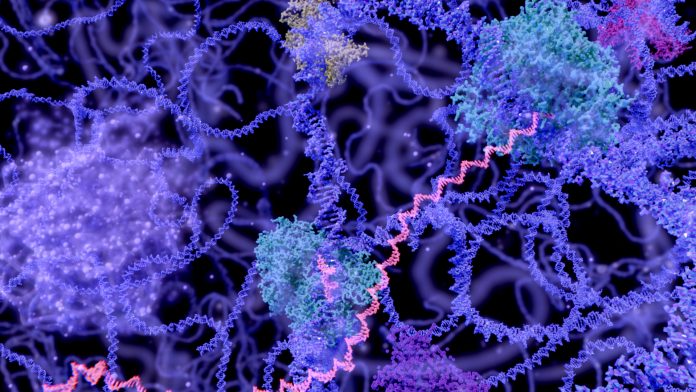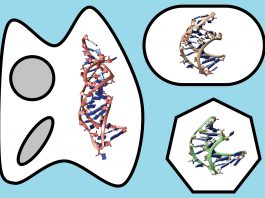New research conducted at Uppsala University, could explain why cold-adapted enzymes experience extreme functionality loss at room temperature.
Using large-scale computations, Uppsala University researchers have discovered why biochemical reactions in cold-adapted enzymes can stop once the organism reaches room temperature.
“Both our new results and earlier ones from computer simulations of various cold-adapted enzymes, and their mutants, show that we’ve now reached a stage where one can rationally redesign enzymes to change their properties in a predictable way.
“This approach has long been an aim, but to date it hasn’t been able to compete with random laboratory evolution of enzymes, for which Frances Arnold was awarded the Nobel Prize in 2018,” says Johan Åqvist, Professor of Theoretical Chemistry at the Department for Cell and Molecular Biology, Uppsala University.
What are cold-adapted enzymes?
Enzymes are the driver of many biological processes. These biological molecules maintain the metabolism in all living cells; however, this function can stop if the cell reaches a low temperature.
Evolution has allowed many organisms to develop cold-adapted enzymes. These enzymes can be found in organisms that have cell temperatures similar to their cold environment. This adaptation exists in a myriad of organisms, such as bacteria, plants, and cold-blooded vertebrates, such as cold water fish.
Scientists have found that these cold-adapted enzymes have thermodynamic properties, enabling them to function in sub-zero conditions. However, these enzymes do not react well to warmth and melt at approximately 40° C.
New findings on enzyme functionality
The Uppsala University team used largescale computations to understand why many cold-adapted enzymes stop functioning at room temperature, long before they start melting. Researchers Jaka Socan, Miha Purg and Johan Åqvist have simulated the chemical reaction in a starch-degrading enzyme. Found in an Antarctic bacterium, the researchers compared the starch-degrading enzyme with enzymes from a warm-blooded pig.
Researchers discovered that the Antarctic enzyme began to degrade locally at room temperature, dramatically reducing enzyme functionality. This phenomenon means that the enzyme’s maximum reaction speed takes place at 15° C below the melting point. In the pig enzyme, the reaction speed continues to increase until the enzyme finally melts at roughly 60° C.
In their recently published research paper, Socan, Purg and Åqvist suggest that: ‘mutations and flexibility differences are generally located at surface loops of the protein, while the conserved active-site residues showed the same low mobility in both psychrophilic and mesophilic orthologs. Moreover, increased surface loop mobility in psychrophilic enzymes could be directly related to the changes in activation enthalpies and entropies.’









